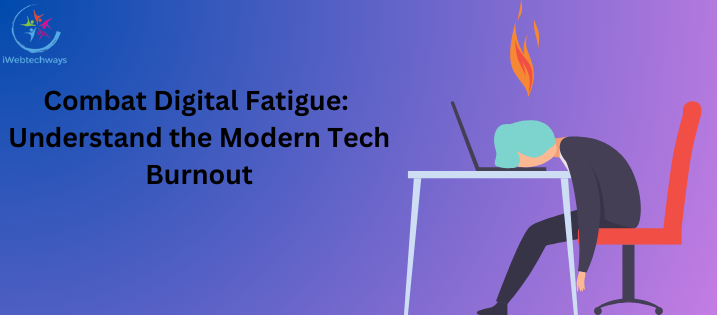Since the first computer programmes were created in the 1950s, artificial intelligence has advanced significantly. AI is becoming a vital tool in a variety of sectors, including healthcare, banking, transportation, and entertainment. ChatGPT, an advanced language model that has the potential to alter how people communicate with computers and one another, is one of the most promising AI breakthroughs of recent years.

An artificial intelligence (AI) model called ChatGPT was trained using a vast amount of text data. Its goal is to comprehend input in natural language and produce human-like answers. ChatGPT can comprehend the subtleties and intricacies of human language, unlike conventional chatbots that follow a predefined answer tree, enabling it to produce more realistic and customised responses.

The capacity of ChatGPT to learn and adapt over time is one of its main features. As it communicates with more people, it gets better at interpreting linguistic complexity and producing responses that are pertinent and helpful. As a result, ChatGPT is an immensely flexible tool that can be applied to a variety of tasks, including language translation and content creation as well as customer care and support.
The applications for ChatGPT are virtually limitless. It can offer speedy and individualised support in customer service, minimising the demand for human agents and raising client satisfaction. It can be used in education to offer individualised tutoring and support, assisting pupils in learning more successfully. It can aid doctors and nurses in the medical field by giving them quick access to information and managing patient care.
However, ChatGPT’s potential extends far beyond these uses. The way we communicate with computers and one another may significantly change as technology advances. It might make it possible for interfaces for everything from self-driving cars to virtual assistants to be more logical and natural. It might aid in removing language barriers and promoting intercultural and multilingual communication. Even more immersive and interesting forms of entertainment might be made possible by it.
Of course, there are also worries about AI’s potential drawbacks, especially as it gets more sophisticated and pervasive. Some fear that it would result in job loss and exacerbate current disparities. Others are concerned about the possibility of abuse and misappropriation, particularly as AI grows more robust and autonomous.
These issues, though, shouldn’t overshadow ChatGPT’s and other AI technologies’ amazing potential. They could contribute to the establishment of a more interconnected, effective, and fair world with careful development and responsible deployment. It is only the beginning of a technology that will undoubtedly be genuinely transformative, but ChatGPT is only one example of the amazing things that AI is capable of.










